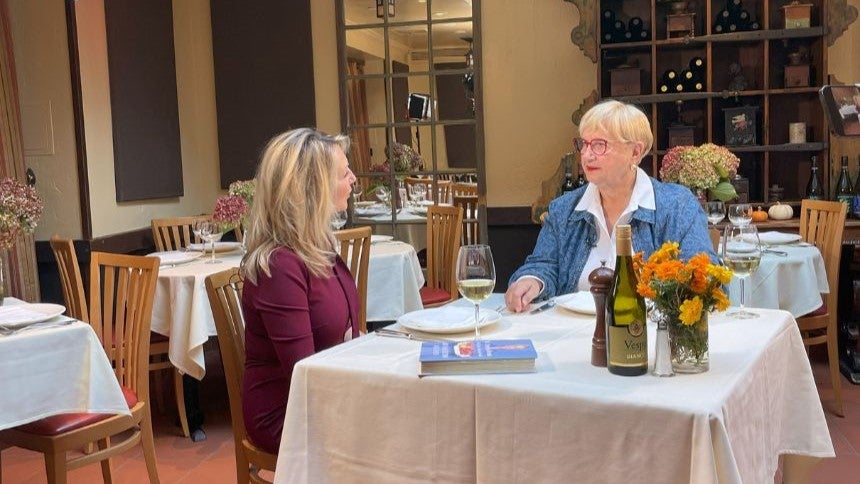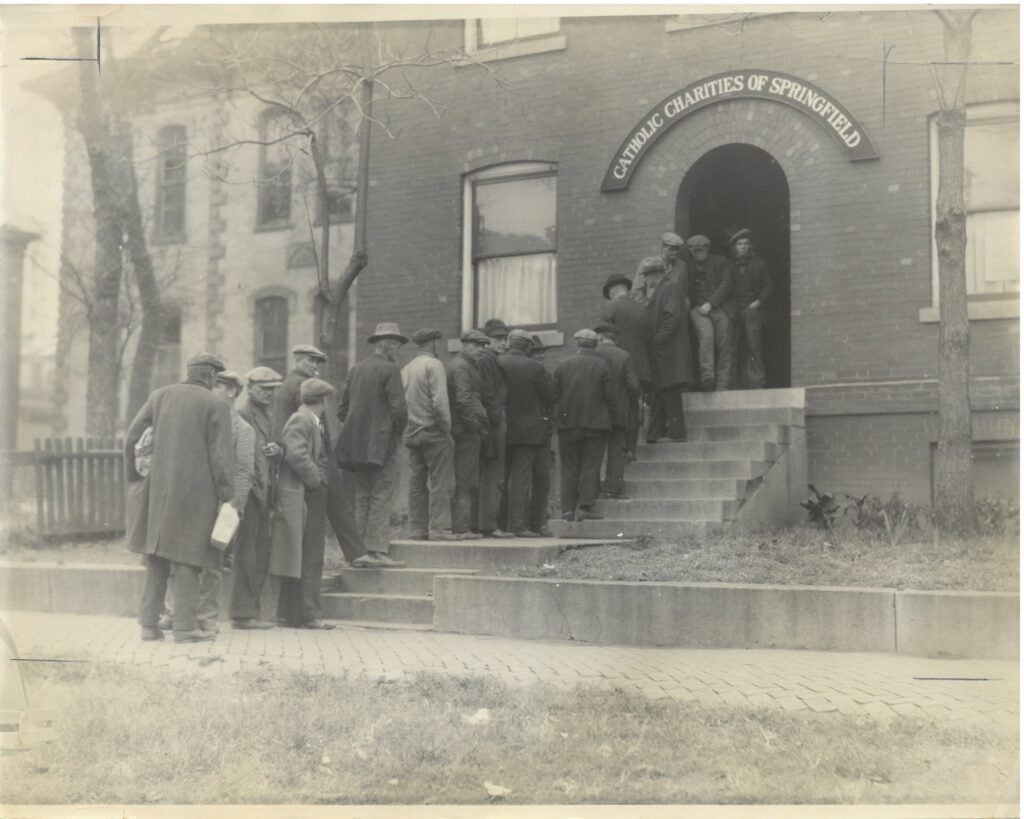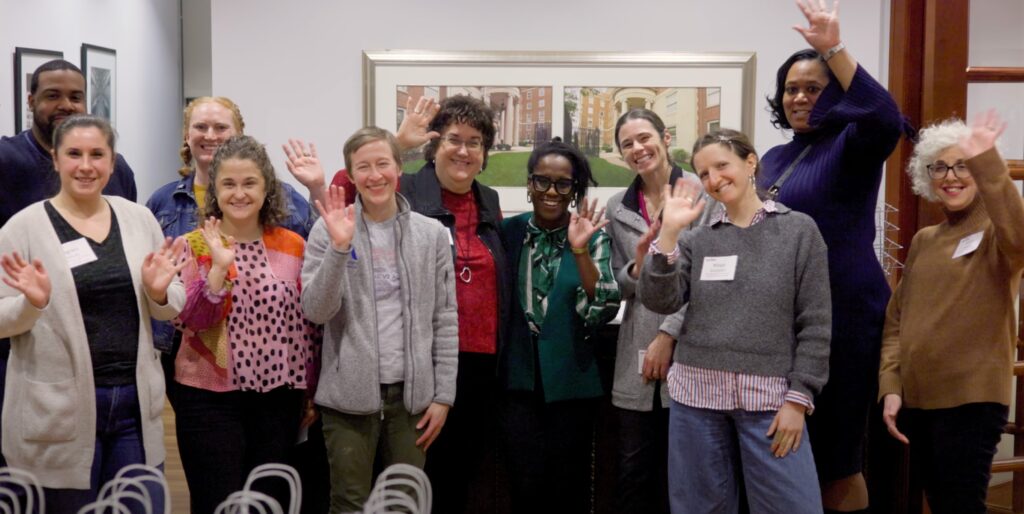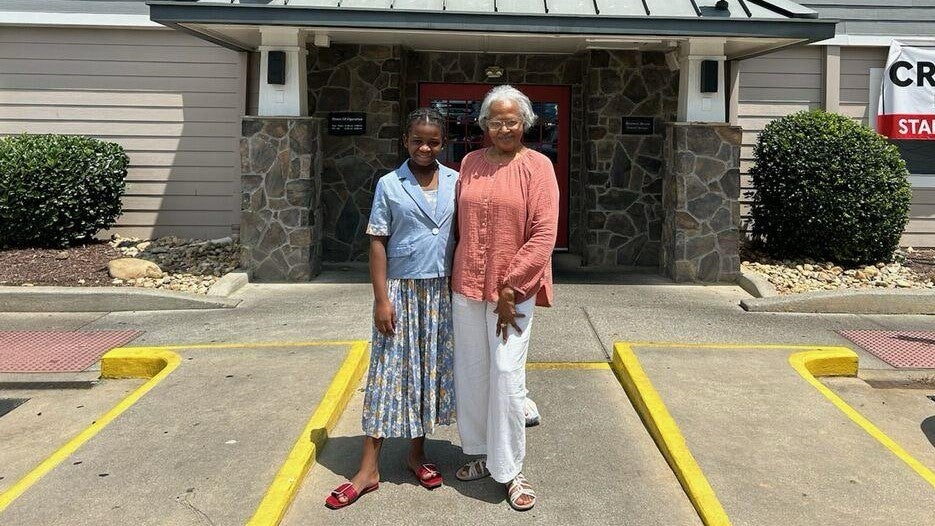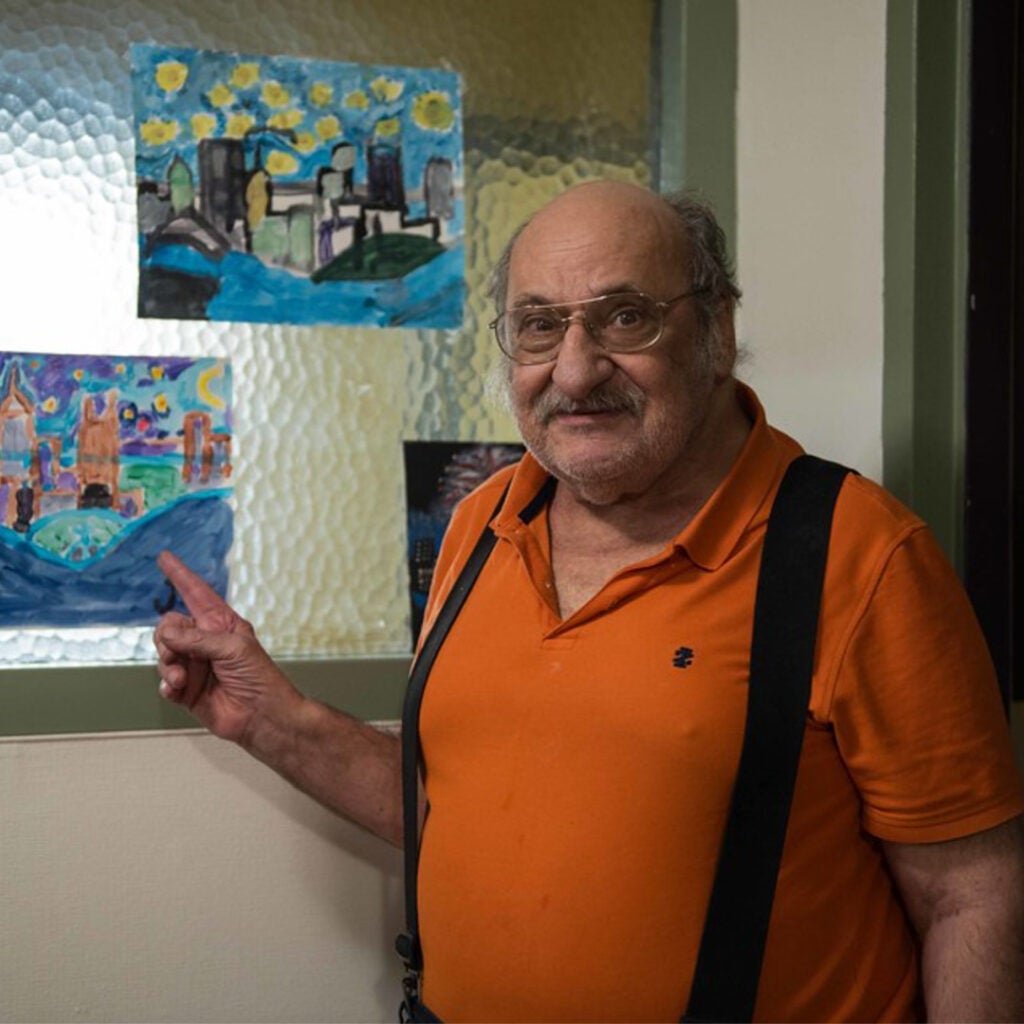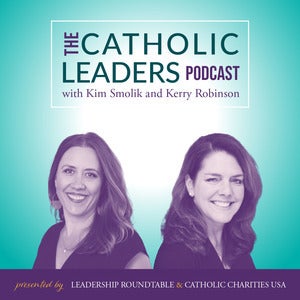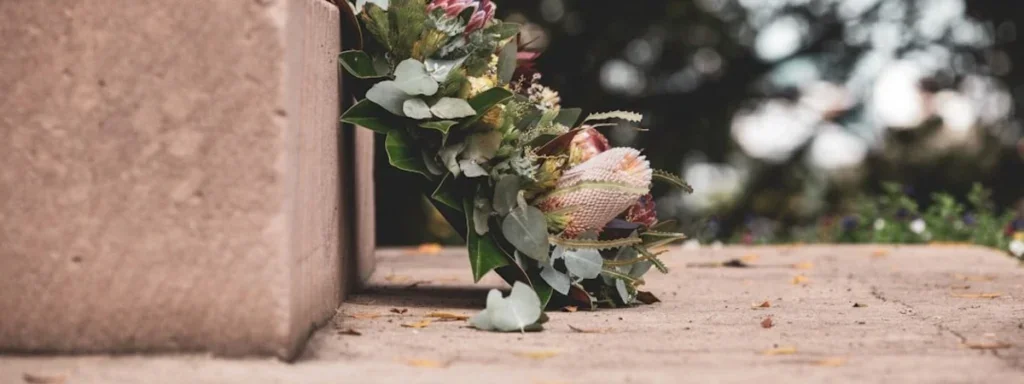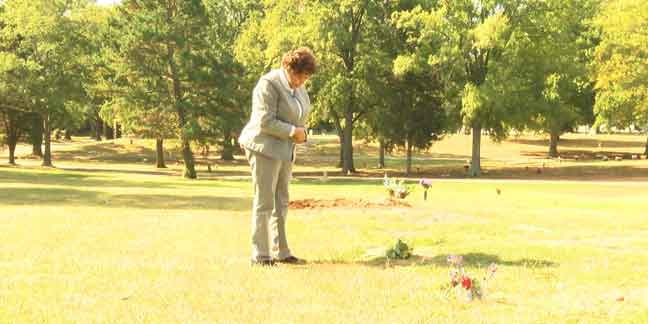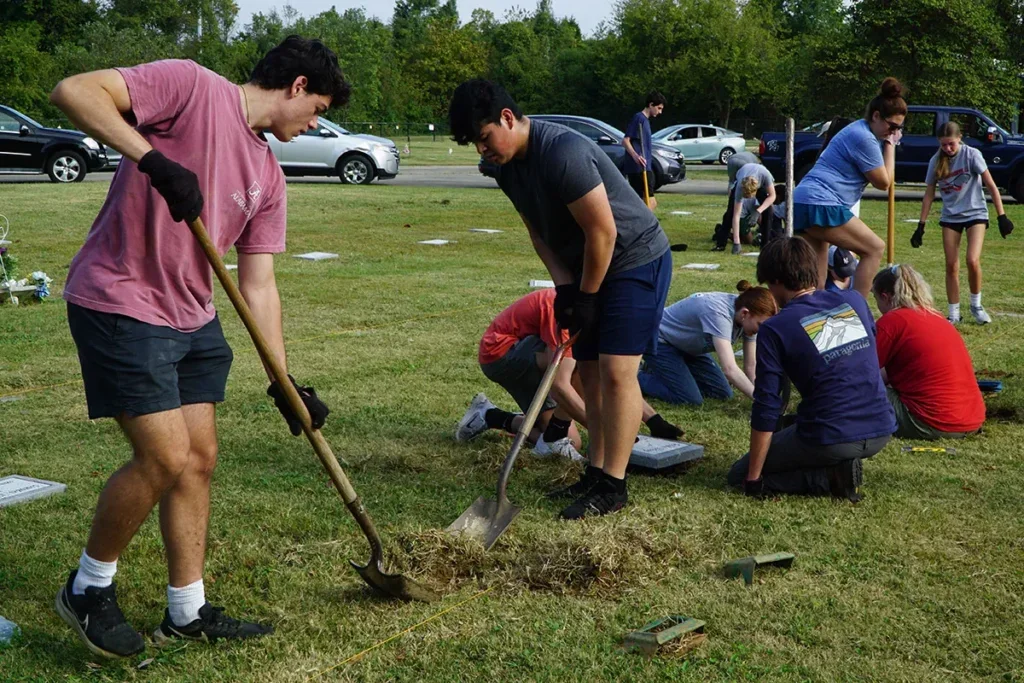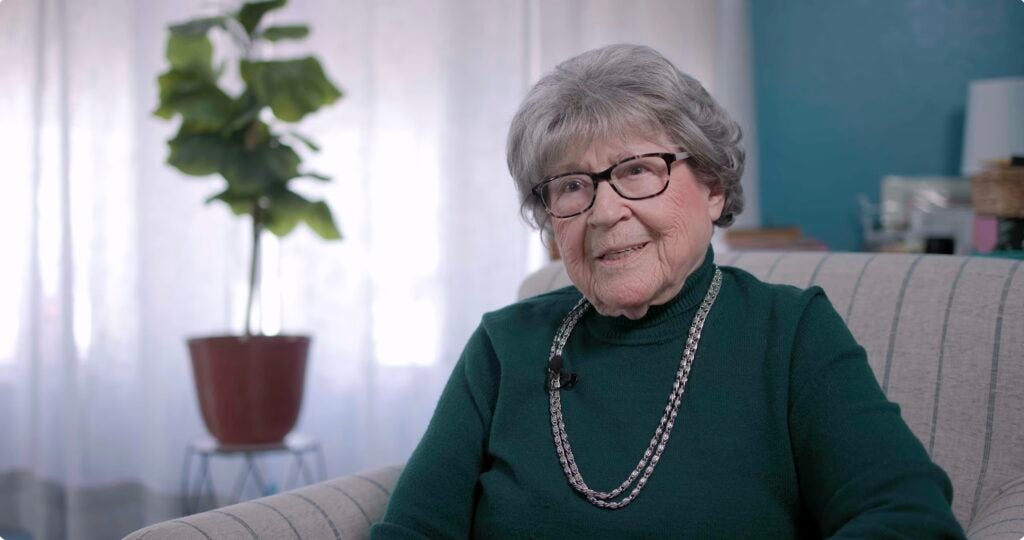
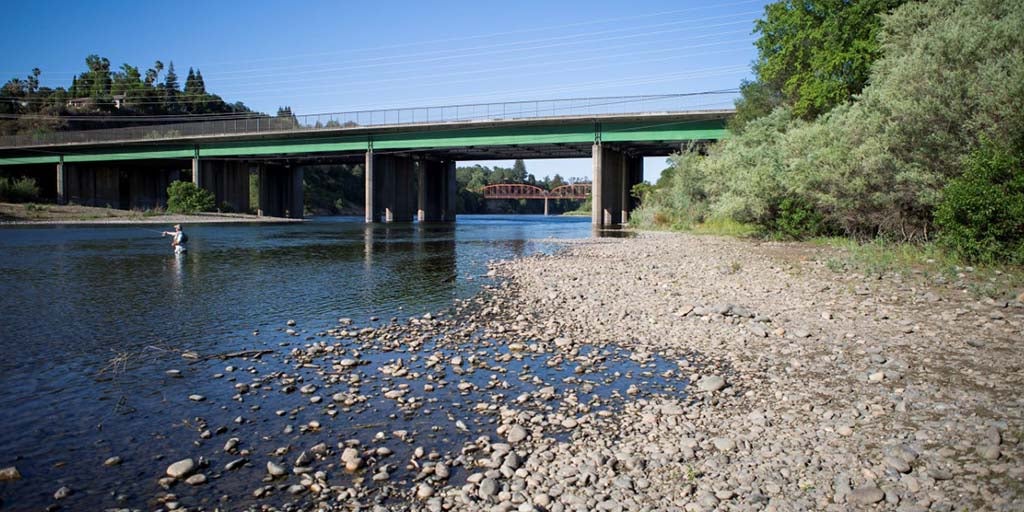
Faith has taught that water can be powerful, from a baby’s baptism to Noah’s Ark and the Great Flood.
To millions in the West, a flood is the last thing on their minds right now. The region is experiencing its second drought in a decade, and the severity of the current drought’s second year resembles that of the third year of the 2012-2016 drought.
The U.S. Drought Monitor, which is updated weekly, puts 84% of the West in drought, with 47% in the most extreme drought status.
Some of California’s most parched areas run along its border with Nevada. On the Nevada side of the border, Lake Mead – the reservoir created by the building of Hoover Dam – is drying up as flow from the Colorado River has declined 20%, with signals pointing to climate change. A drier West also means the likelihood of earlier and more large-scale wildfires.
Yet, despite adding 15 million more residents, California is using no more water than it did 30 years ago. Still, this does not seem to be enough. Farmers and ranchers are being asked to avoid irrigation. New Mexico farmers were asked to avoid planting anything if at all possible. Some farmers are tapping into groundwater.
The upshot is that water will get more expensive, as will the crops that depend on water to become the food on our tables. Two California counties are already under emergency orders on water usage.
“Scientists have predicted for years, if not decades, that drier places are going to get drier, and wetter places are going to get wetter,” said Dan Misleh, executive director of the Catholic Climate Covenant. “Large storms and big droughts are exacerbated by climate change, and there’s an element of unpredictability in that that makes it even tougher.”
People cannot control the weather, only its effects, so “how we do farming, how we get water to our cities, how we protect cities and town from flooding – all of those things are going to get more and more expensive until we get a handle on climate change,” Misleh added.
“Local communities are facing these natural disasters – you could call them human disasters if you attribute them to climate change, which I think we can,” he said. “We’re going to have to have more and more relief” from disasters, he added, and not just overseas.
Catholic Charities USA now has a full-time disaster relief coordinator.
Beyond drought, the online news outlet Water Deeply estimates there are 300-plus water systems – 11% of all California systems – serving chronically unsafe drinking water, as it contains contaminants that paradoxically endanger health rather than sustain it.
Many of the water systems are in small agricultural communities, where runoff from fields can contain carcinogens. Another 300 in the state are at risk of failing.
Moreover, the communities responsible for maintaining the systems are called “disadvantaged” by the state, meaning that dollars are hard to come by to make fixes. A UCLA study pegs the cumulative repair bill at $10 billion. Who will pay? Customers? Cities? The state? California, in 2012, passed the first state law declaring the human right to water. The answer may be the federal government.
President Joe Biden, in unveiling the American Jobs Plan in April, included $111 billion for water systems.
The to-do list includes eliminating lead service lines, funding to remove lead pipes in homes, schools and child care, upgrading and modernizing drinking water, wastewater and storm water systems, addressing contaminants as well as rural water and other infrastructure issues, and handling surface-water issues such as cleaning up Superfund sites, brownfields, and abandoned mines, and plugging orphaned oil and gas wells.
Republicans offered a scaled-down version of the bill May 27. At $928 billion, it’s less than half the $1.9 trillion American Jobs Plan price tag, but it includes $80 billion for water systems.
Pope Francis, in his encyclical Laudato Si’ – the sixth anniversary of its promulgation was May 24 – spent an entire section on “the issue of water.”
“Fresh drinking water is an issue of primary importance, since it is indispensable for human life and for supporting terrestrial and aquatic ecosystems. Sources of fresh water are necessary for health care, agriculture and industry,” Pope Francis said. “Water supplies used to be relatively constant, but now in many places demand exceeds the sustainable supply, with dramatic consequences in the short and long term.”
The pope could have been thinking of California and Flint, Michigan, when he said: “Every day, unsafe water results in many deaths and the spread of water-related diseases, including those caused by microorganisms and chemical substances.”
And Pope Francis and California lawmakers are in accord when the pontiff added, “Access to safe drinkable water is a basic and universal human right, since it is essential to human survival and, as such, is a condition for the exercise of other human rights. Our world has a grave social debt toward the poor who lack access to drinking water, because they are denied the right to a life consistent with their inalienable dignity.”
Young Catholics, according to Misleh, are looking at how the church – even if it’s just their own parish – respond to changing climate, citing opportunities from preaching to cutting energy waste. “It’s not only the right thing to do by God’s creation, but it gives young people hope for them that there’s a place in their church for them,” he said.
Father Emmet Farrell, a retired priest of the Diocese of Sioux City, Iowa, who has been ministering in the Diocese of San Diego the past 20 years, feels the urgency himself. Prior to the pandemic, he went to about one-third of the diocese’s 97 parishes and four of its five Catholic high schools to talk about Laudato Si’ on behalf of his initiative, Creation Care Team Ministries, until the pandemic hit last year.
“Now that the Vatican has come out with their action platform, that gives us new impetus” for when something more closely resembling normalcy resumes, Father Farrell told Catholic News Service.
“One of the challenges is getting a young adult on the team,” he admitted. “People say, ‘You’ve got to get the young adults.’ We got one, and he left. We got another one, and she’s busy doing things in her parish.”
Father Farrell, who ministered 16 years in Latin America, said, “At my age I don’t know why I’m doing this”; he will turn 82 in June. Really, though, he does: “Pope Francis. His mind and my mind resonate. He’s Latin American. He’s a Third World Man, and I’m a Third World man.”
Copyright ©2021 Catholic News Service/United States Conference of Catholic Bishops. The CNS news services may not be published, broadcast, rewritten or otherwise distributed, including but not limited to, such means as framing or any other digital copying or distribution method in whole or in part, without the prior written authority of Catholic News Service.
